Pénélope Bagieu is a French illustrator and comic artist. She has had over a decade of successes in comics with work such as La page Blanche, Cadavre Exquis and her comic series Joséphine, who was not only a best-seller but was also adapted to cinema in 2013 and even got a sequel. In the last few years, her work has started to find an audience in North America and the English market notably with last year’s release California Dreamin’, a biography of Mama Cass. Her latest work Brazen: Rebel Ladies Who Rocked The World is the work of a full year of work. Pénélope has been creating short biographies of historical women in France. The series, called Les culottées: Des femmes qui ne font que ce qu’elles veulent, has been a real success in the French market and has proven to be extremely popular. It was published as two volumes last year. First Second is releasing the English version of this work in March.
Pénélope graciously accepted to talk with me about the beginning of Brazen, the process of creating short biographies every week, cover design & book localization.
Please note that this interview was conducted in French and translated in English.
—
Philippe Leblanc: For those readers who may not be familiar with you and your work, can you tell us a little bit about yourself.
Pénélope Bagieu: I’m Pénélope Bagieu, I’m French and I’ve been making comics for a long time. My first published work in France was published about 10 years ago and most of my work has now been translated in English and published by First Second. I also have digital material on Comixology as well. My latest work is Brazen: Rebel Ladies Who Rocked the World. This material was originally published as two volumes in French and now Brazen collects those two volumes in one nice book.
PL: I want to talk about the conception of this project. Before being published by Gallimard in France and now by First Second for the English edition, you began Les culottées: des femmes qui ne font que ce qu’elles veulent (as per the French title) on the blog of the Le Monde, France’s daily newspaper site. How did this project start?
PB: Before working on this project, I had just completed California Dreamin’, a biography of Mama Cass and it really made me want to do more biographies. There were tons of other women I wanted to talk about, but I needed to come up with a way to do that without having to spend 10 years making only biographies. The solution I came up with was to make short biographies. This way I could talk about more women and focus on some that were either not well known or completely unknown. I thought I’d make a list to come up with three or four, but when I sat down to come up with names, I ended up scribbling about fifteen. At that time, we were looking for a new series for Le Monde and I suggested this project, short biographies of women, and they were excited about the project. I called Gallimard the same day and they wanted to publish it too. The stories were published weekly and within a year, I had made thirty of those biographies.
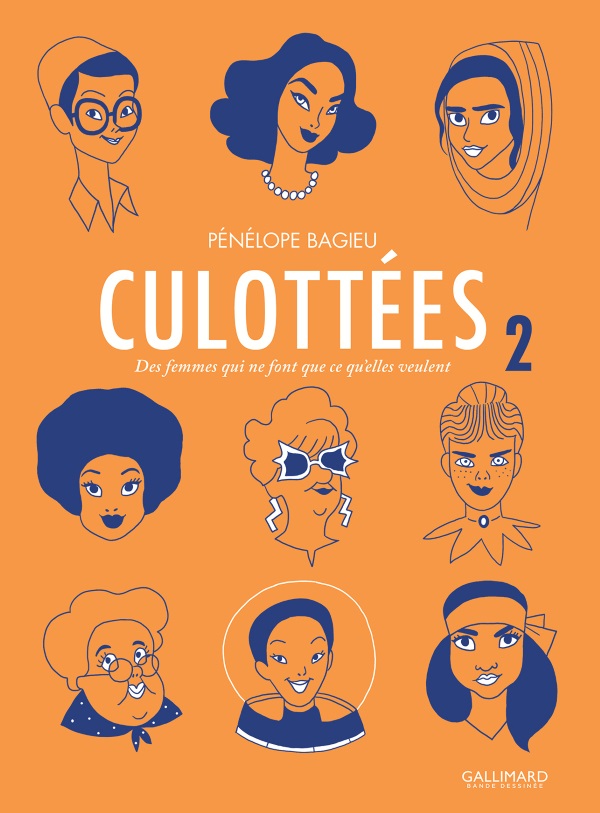
PL: Les culottées was a weekly comic. Since this is a biographical work, I can imagine you’d have to do a fair amount of research in addition to writing and illustrating each story. Could you tell us a little bit more about the schedule you had to maintain for this work?
PB: I had to keep a strict schedule. I would do research and readings for two days, writing for one day and drawing for two days to complete each story. I spent a whole year as a student really, reading, researching and taking notes constantly. It was intense, but it was fascinating. It was a tiring, but inspirational year. I tend to work slowly, so putting this pressure on myself to produce a new story each week was good for me professionally. I couldn’t just goof off for a week, I had to be disciplined. It really helped me and that schedule is also how I was able to make these books so quickly.
PL: You are keeping a fairly standard 9 panel grid throughout the comic. Each comic features a 3 by 3 grid followed by a splash page between each story. Was this rigid schedule the reason you settled on the style of pages?
PB: Yes, I had two constraints, time was a big one, but I had to consider how it would be read online and how it would be read on paper. The advantage of using a simple 3 by 3 grid was that it allowed me to quickly reproduce a model knowing it would work both on paper and digitally. For the print edition, I added a two-page spread after each story. I felt it needed something to space the stories. Some are taking place during a different century or country. The stories can sometimes be heavy, so reading them once a week is nice because you’re reading is spread out, but it needed something between each story to give the reader some space to breathe. That two-page spread was helpful for me because I was annoyed as an illustrator. Each story has a simple colour palette of about 4 colours and the illustrations were made quickly. These drawings are more complicated, they’re larger and more colourful and they were to make me happy. It was vital to me to be creative in this way. Plus, we made a calendar out of those illustrations.
PL: You are showcasing the life of extraordinary women from various eras and places throughout the world. In total, you’ve created 30 portraits over two volumes. There’s so many amazing, fierce and brilliant women that could have been showcased, this project could have lasted a lifetime. How did you pick which historical figure you wanted to depict?
PB: It was difficult, especially near the end of the project. I had decided from the start I wanted to make thirty stories, but as I got closer to the end, my list was still growing. At one point, I had 20 names on my list, but only 6 more stories to make. I had to make a shortlist and remove names. I wanted each woman to have something that touched me. Each woman had an incredible story, but some didn’t move me as much as others. I’m not a journalist or a historian and I don’t have the ability to truly and accurately transmit historical details. My job is to tell stories so I had to pick stories that moved me and I needed to pick women I loved because that’s the only thing I can showcase, my love and admiration for them. It wasn’t an objective decision, but a very subjective one. A good test was to pick women whose stories I could tell a 200 times without getting bored of. It’s a sign of a good story.
Some I decided not to include because they were too well known. I wanted people to think “Why have I never heard of her before?” or in the case of women who were more famous like Josephine Baker “how did I not know this about her life?” I would have loved to talk about Simone Veil, an icon of feminism in France, but everyone knows her in France so it’s not as relevant as other women I wanted to showcase. I didn’t want to just make the biography of historical figures. I wanted to talk about women that weren’t as well known. In the English version, I have the list of the 30 women I’d have wanted to showcase if the project had continued in the back of the book.
PL: Some of the women you’ve picked were relatively unknown. How did you do research in those cases? How did you fill the historical gaps when you came across them?
PB: About half of them had written an autobiography. Even though it was hard to find those books because they’re often out of print, those were the gold mine. There was at least one book that would mention them, or talk about them, even if it wasn’t written by them. Sometimes, there’s not a lot such as Giorgina Reid, the keeper of the Montauk lighthouse. There’s three newspaper clippings that are framed at the lighthouse. That was interesting because that’s when my work becomes to make the most with the limited information I have without saying anything that’s false. It’s tricky because they’re real people and false information removes credibility from the whole story. It’s a fine line to walk, but it’s a challenge. What I can extrapolate are the human elements. Their reactions to events, how they lived certain things and empathy helps.
You have to put yourself in their shoes and make do with the elements you have. Sometimes you only have a couple of dates, but that’s not the focus of the work. I wanted to bring their story to life, even if I didn’t have all the elements. It’s non-fiction, but there are gaps I had to fill. It was almost like police work.
Sometimes I even had pleasant surprises. I had started to write about Betty Davis, she’s a good example, since there’s no book on her, but there are countless books on Miles Davis and she’s always mentioned there. I took elements about her in his biographies. During my research online, I came across a Kickstarter campaign for a play on the life of Betty Davis. The project was closed, but I contacted the organizer of the crowdfunding campaign, explained who I was and wanted to get more information on the play and their historical research. They responded right away, the play was cancelled, but one of them is making a documentary on Betty Davis and have met her often. I had a thousand questions for him, but it turns out he was in New York, staying at a place in my neighbourhood and we went for a coffee and he answered all of my questions and then some. She has started writing songs again, she still has the jacket Jimmy Hendrix gave her back in the day. It was incredible. Research work can lead you in many different directions.
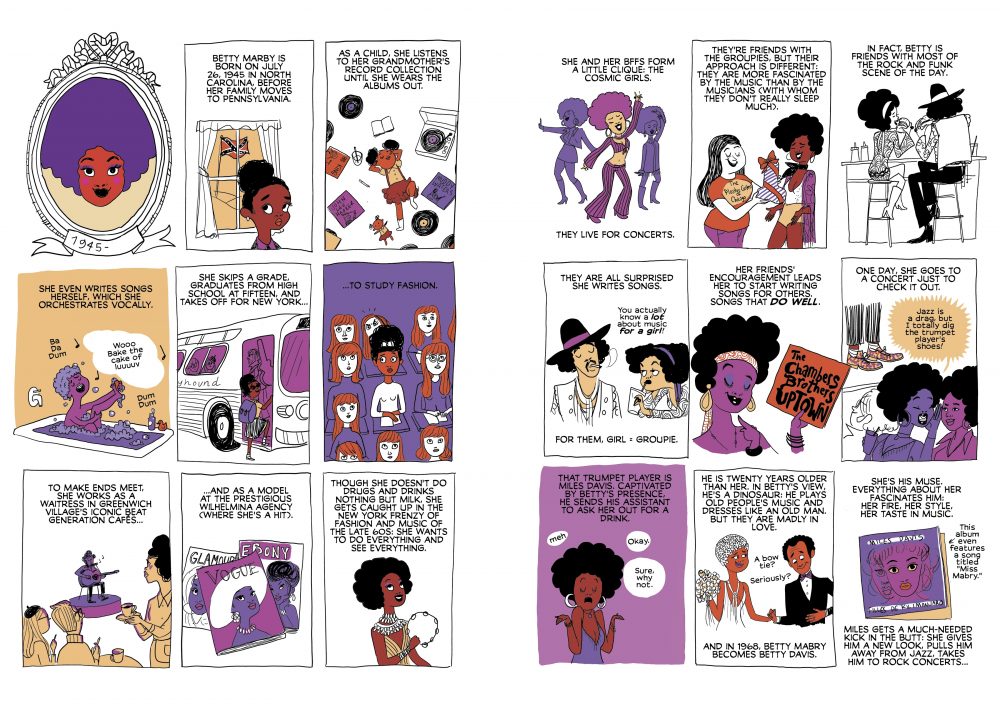
PL: Each of your stories are short, but they comprise all the information needed to obtain an accurate portrayal of the lives of the women. Each detail allows the reader to better understand the subject without falling in an excess of details. How did you manage to sort between what was necessary and what could be cast aside?
PB: Since the stories had to be short, I had to scratch tons of really interesting anecdotes for the sake of time, space and clarity. I think the simplest way to keep the essential was to focus on key elements rather than chronologically what happened in their lives. Finding elements that explains the trajectory of that person such as a scene depicting their childhood or a scene depicting what type of adversity they faced, the scene where they take their destiny in their own hands and then something that shows their determination in the face of adversity. Focusing on these key elements really helped to make sure the essential was captured. In some case I had extrapolated, inventing the day a specific letter was written when really, we don’t have details about that, just the letter itself. Doing so meant that some good anecdotes had to fall by the wayside, but it was important to sort out between what was “necessary” and what was “nice to have”.
PL: I want to mention that these stories give the reader the urge to learn more about these extraordinary women. For example, even though I knew the life of Astronaut Mae Jemison, I still managed to learn more about her life and forced me to consider what else I didn’t know about her. I knew she was in an episode of Star Trek: The Next Generation, but I didn’t know she was such a fan of Star Trek
PB: That’s great. Mae Jemison wrote an autobiography aimed at children. She talks about reading and school and her childhood. She liked science fiction and was afraid of the dark. It was perfect to understand her life as an adult. It was a real treasure and I loved her even more after I learned she was a fan of Star Trek and a fan of comics. She was in a Star Trek TNG episode.
PL: I like some of your other graphic novels, (Exquisite Corpse, California Dreamin’, La page blanche, Joséphine) and I was quite happy to see your sense of humour coming through in Brazen despite it being mostly biographical works. There’s a part of you in those tales. How did you manage to reconcile the biographical elements with your own style as a storyteller?
PB: I don’t think I did it on purpose, but the reason why a biographer cares so much about their subject is because they see something them and themselves. Whether it’s because we see something in them, or think we would have reacted in similar ways to similar events, or simply because they’re inspiring. I chose these women because I felt a proximity with them for different reasons. They all spoke to me in different ways which gave me all the more reasons to depict them. When we write biographical comics, we’re looking at the ways to depict how people reacted. I only really have my art to make these people live on the page so my style, love and admiration comes through. Some of the women I depicted were so far from me in time I had to determine how to illustrate them
All tales are autobiographical in their own ways, some more obvious than others. I felt a connection with some of these women, especially when it comes to the story of Tove Jansson with whom I felt such a strong connection. She’s such a model for me that telling her story was completely natural. Some aspects of her life were quite depressing and I had to think about how I would feel in her situation to better understand their pain and sadness and to better portray it. When writing a biographical comic, you go through all sorts of hoops to understand someone’s life. I had to internalize biographical and historical elements to be able to properly depict their lives.
PL: I’m moving away from this subject to ask you about a striking interview you did at the French show On n’est pas couché. One of the co-host of the show was quite insistent that what was missing from your book were biographies of men. Has this type of reactions happened often to you?
PB: Well, this show is definitely known as being quite hard on authors attending it. I was expecting this kind of reaction, but generally, I’ve received really good feedback. Even at On est pas couché, even though the two co-hosts do a “good cop/bad cop” thing, at the end they do come around and say that the stories are interesting and the art is lovely.
I’ve received comments by older men and more conservative minded men, I was asked whether I’m going to add a man’s biography at the end. When I did the biography of Katja Krafft, a lot of older volcanologist were scandalized that her husband Maurice was not included because, as some mentioned “he was the brain in their team”. It’s complicated for people to understand that it’s possible to only talk about a woman and not her husband. The reverse is completely acceptable of course, we see biographies of men constantly. It seems to be a generational thing though, because I’ve met a lot of school children and they all accept it as normal. They get that it’s a book featuring biographies of women, but they don’t dismiss it as “a book by and for women”, it’s a book about interesting people’s lives. I’m enthusiastic for the future. Little by little, things are changing for the better.
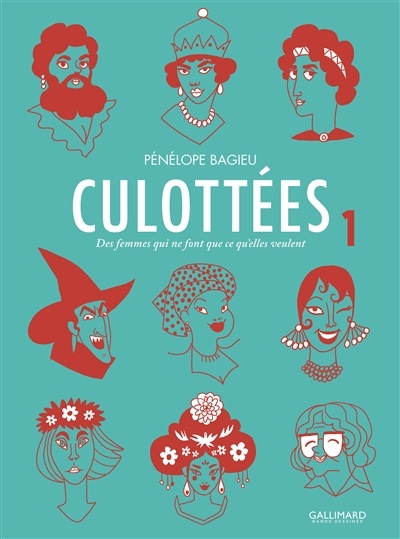
PL: I love the cover for the French editions of the books. The orange and turquoise colours are very vibrant and the purple text is a nice complement to those colours. The English edition is quite different. Are you happy with this new style of cover?
PB: I didn’t make the cover, First Second designed it and I find it amazing. We needed a new style because it’s one collected edition rather than two volumes. Only the English version will have this cover. The Japanese edition kept the original style, but used a different colour, it’s a nice pastel rather than the bright orange or turquoise. It looks like a cherry tree leaves. I like this English version. I like that they went even further with the feminist themes of the books especially with the giant golden feminist symbol. It hammers the point a lot more than the French editions where it’s walking on eggshell around endorsing feminism whereas the English edition goes all in. It looks great! It really reveals part of the mentality.
PL: The cover was changed, was anything else modified for the English version?
PB: Definitely the cover has a more feminist feel to it. Even the subtitle “Rebel ladies who Rocked the World” has more punch than “des femmes qui ne font que ce qu’elles veulent” (women who do as they please). It doesn’t have the same level of engagement. One thing was modified for Brazen in that one of the stories was removed. There’s only 29 stories rather than 30. It’s the story of Phoolan Devi, the Indian Queen of Bandits.
Brazen was translated in 11 languages and we had to do some minor tweaking for each market. Depending on what it was, I approved if I didn’t have an issue with what that change was. Some I objected to, like in the Polish edition where we were asked to remove the story about Thérèse Clerc and abortion. It was important to me that this story was kept in the book and we managed to keep it in. The North American version couldn’t have nudity so I had to hide Josephine Baker’s breasts, this I didn’t mind as much. Phoolan Devi’s story is horrifying and rough. Since the comic is aimed at a younger public, we had to remove the mentions of rape from her story, her husband raped her when she was 10 years old. It’s quite difficult to read, but it really informed her life. Removing it would have stripped substance from the tale. Not knowing why this woman had such a grudge and why she went out to slay people in villages would have prevented readers from understanding her. This was difficult to avoid whereas some other times, like covering breasts was not impacting the story. The only solution we could come up with was to remove the story entirely.
Book localization is really interesting to me. The United Arab Emirates wants to bring in the book too, but we want to make sure that it remains as close as possible to the original version. China, for its part, is sensitive about tales of revolutionary leaders.
I guess as long as its cultural changes and not ideological changes I was fine with it. I wouldn’t want to forego the story of Thérèse Clerc simply because she practiced abortions and a country has an anti-abortion movement. Especially now, people need to know the reality of underground abortion to understand what it is. Abortion is still precarious and it’s important to show that up until recently, it was illegal. Teenagers might take it for granted, but there are places where abortion is the leading cause of women’s mortality and that’s important to know.
France is not immune to this either. There are a lot of sensitivities over religious symbols.
PL: What do you want readers to take with once they’re done reading Brazen?
PB: I’d want readers to see that those characters are everywhere, even if we don’t tend to see books or biographies about them. They’re background characters, but their stories are incredible and absolutely worthy of being placed in the spotlight, whether in books, films or anything really. We default to the stories of men, but incredible women are everywhere, in arts, science, politics and countless other areas. It seems that when people want to talk about famous incredible women, they leap to Marie Curie or Joan of Arc, but that’s a really narrow view of the history of our world. I hope this book will awake curiosities and help readers change and adjust their perspective to hopefully see the world differently.
—
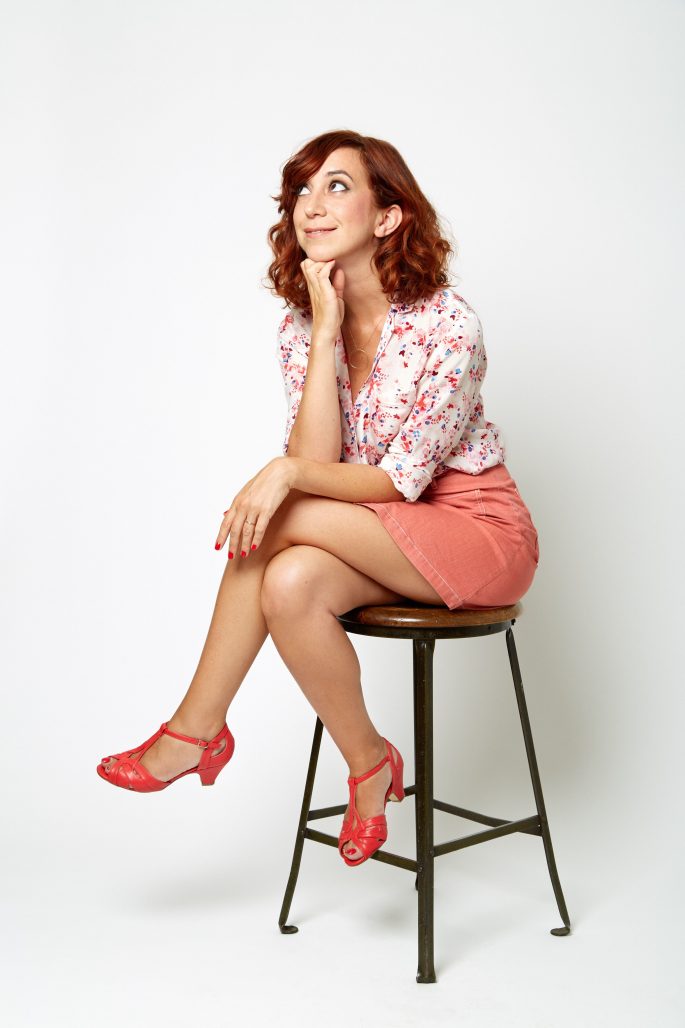
—
Brazen: Rebel Ladies Who Rocked The World
Pénélope Bagieu
First Second, 2018
$17.99 USD


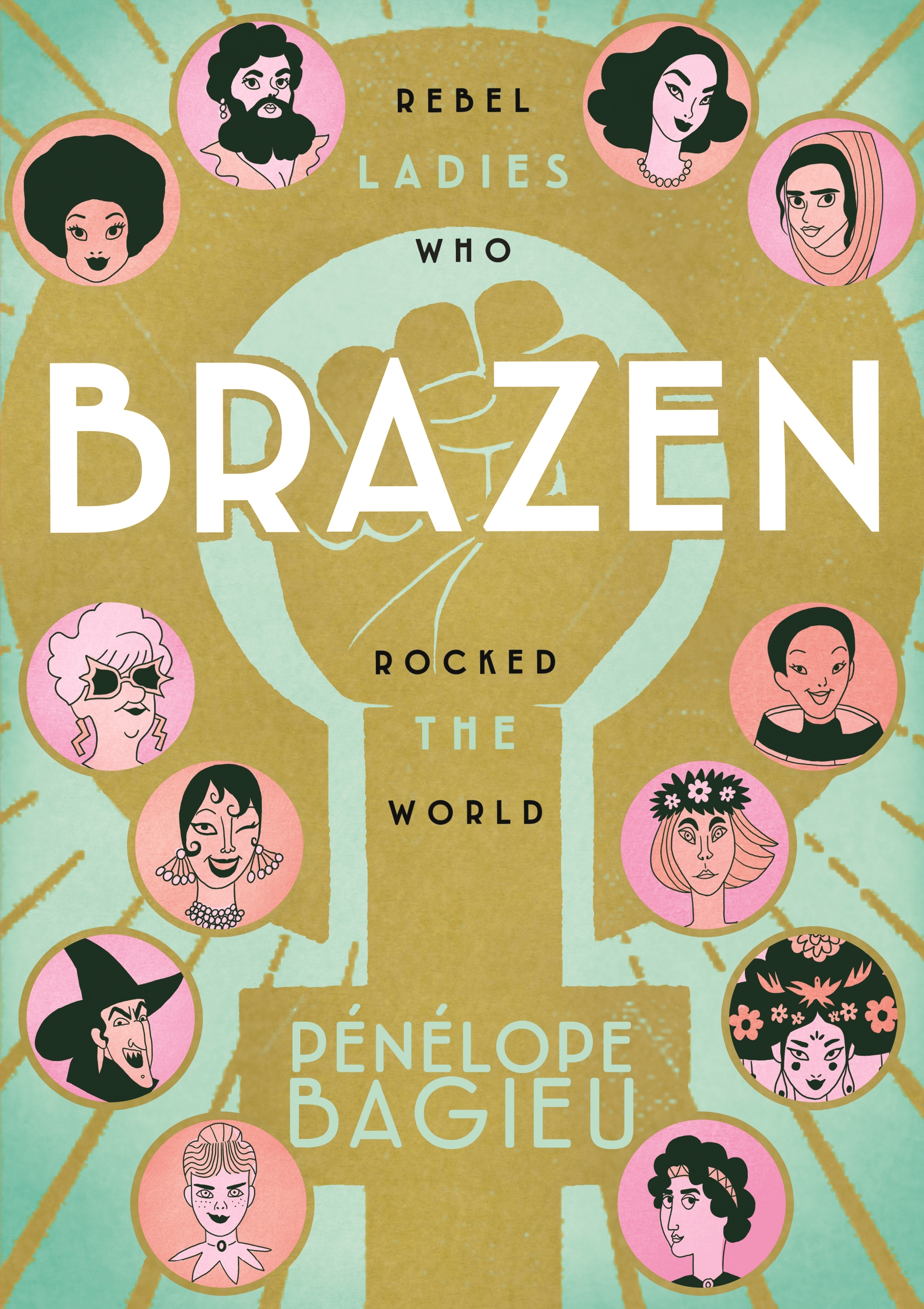
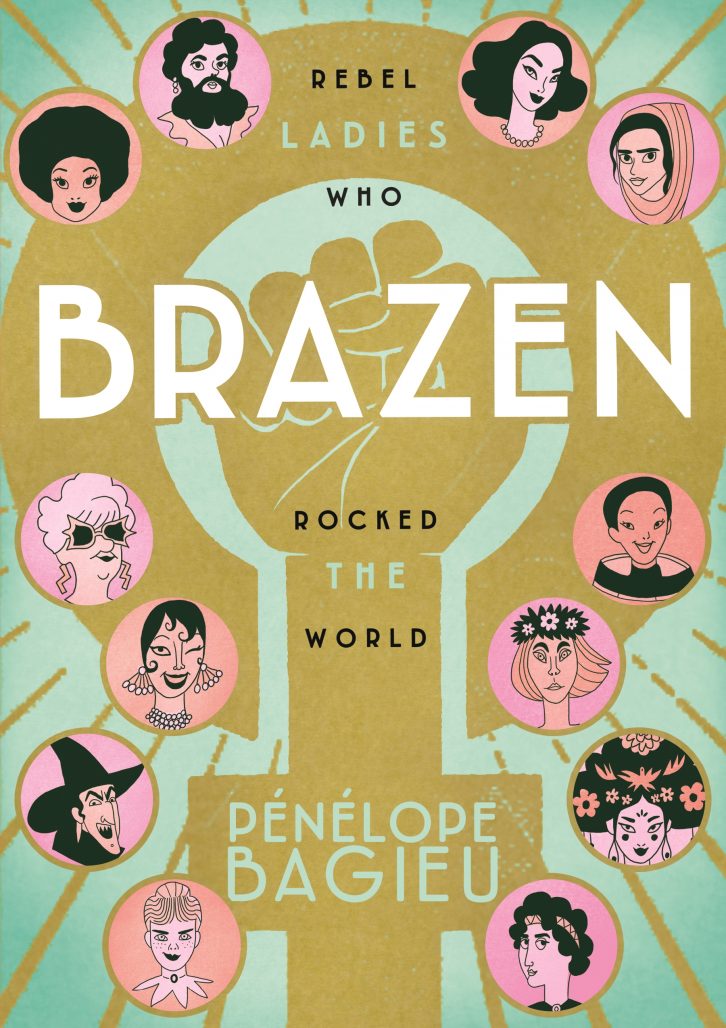


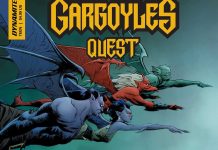


Fantastic interview Philippe! Can’t wait to check this out!
This looks good; I liked the sample pages and the way they read, and the book is bargain-priced.
Again, to read about the constraints involved in translating the work, and that there was stuff omitted and different slants, was really interesting. Great unchanged title ‘brazen’
Comments are closed.